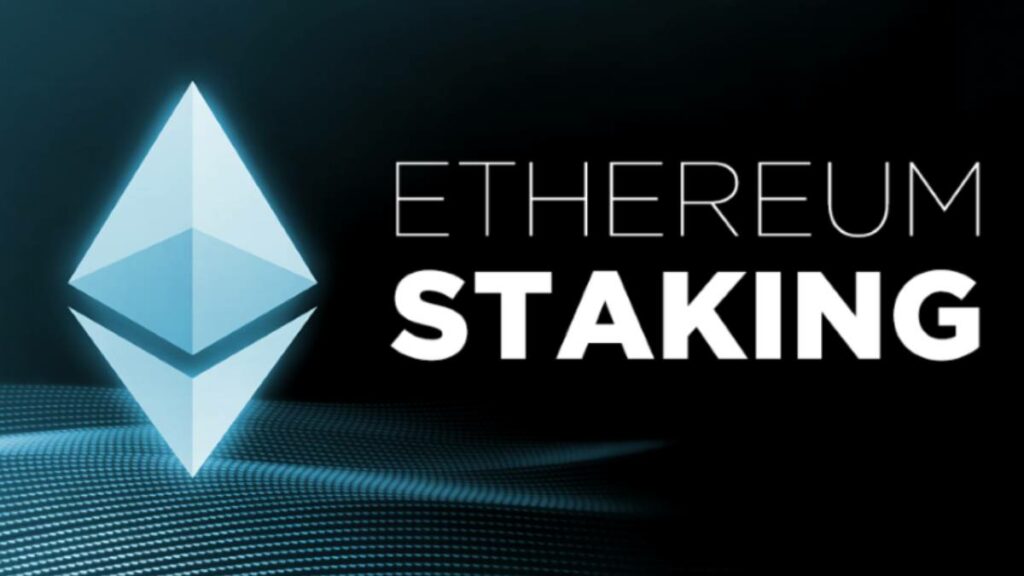TL;DR
- The amount of staked Ether has reached a new high, surpassing 34 million.
- Excessive staking of Ether could lead to problems on the Ethereum network, such as failed transactions.
- Experts suggest that the ideal of Ether staking has been surpassed, which could affect the security and functionality of the ecosystem.
The Ethereum (ETH) network has reached a major milestone with the amount of staked Ether surpassing 34 million by 2024.
This growth, reported by the Beacon Chain, has been a source of debate among ecosystem experts.
Lachlan Feeney, CEO of Labrys, an Ethereum infrastructure firm, has noted that while staking is an incentive designed to strengthen the network, the ideal limit of Ether being staked may have been exceeded.
This phenomenon has raised concerns about its long-term effects on ecosystem functionality and safety.
Over the course of this year, the percentage of Ether staked has grown from 23.8% in January to 28.43% today, representing a significant increase of 5.1%.
However, Feeney warns that increasing staked Ether does not always translate into benefits for the network.
According to him, with the growth of staking, returns for investors tend to decrease.
Those originally attracted by the high returns from staking have stopped adding to their stake, suggesting that Ethereum is not looking to expand the amount of staked Ether, but rather stabilize it.
The dilemma of excessive staking in Ethereum
One of the most notable concerns arising from this rise is the risk of the network becoming overly reliant on other tokens, such as stETH and cbETH, to conduct transactions.
Feeney notes that if a high percentage of Ether is staked, this could prevent users from using native Ether to pay transaction fees.
Not only could this complicate the user experience, but it could also lead to inefficiencies in the system.
The increased use of liquid staking tokens introduces additional risks that users must consider.
Furthermore, the issues are not limited to functionality; excessive staking of Ether could lead to failed transactions.
Gabriel Weide, who runs a staking pool, has suggested that a high number of validators could ultimately result in errors in transaction execution, compromising the integrity of the ecosystem.
Although the number of validators is an indicator of greater security, saturation can have the opposite effect, creating more problems than it solves.
On the other hand, the price of Ether also reflects the complexity of this situation. Since its all-time high of over $4,000 in March, the price has fallen to around $2,500.
This decline suggests that despite the growing interest in staking, the market faces serious challenges that could threaten the long-term stability of the Ethereum ecosystem.
The key to the future of Ethereum lies in balancing the amount of staked Ether with the availability of Ether to ensure efficient operation and a satisfactory user experience.











